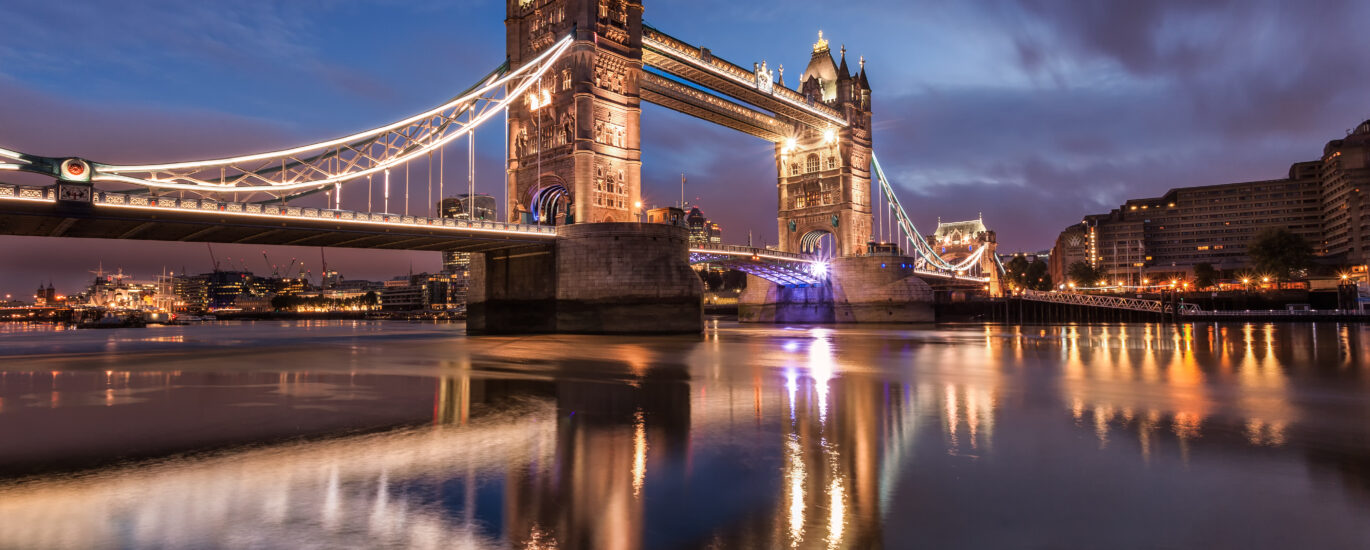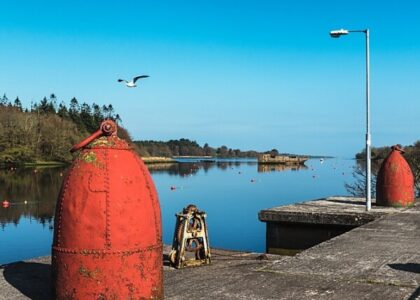As you stand before the iconic Tower Bridge, imagine a time when the bustling city of London faced a formidable challenge. The late 19th century saw the River Thames clogged with ships, while the streets around London Bridge were packed with horse-drawn carriages and pedestrians. The City of London Corporation knew they needed a solution that would allow for the seamless flow of both river and road traffic. Thus, the story of Tower Bridge begins.
In 1876, the Special Bridge or Subway Committee was established to find a design that would solve this conundrum. With over 50 designs submitted, it wasn’t until 1884 that Sir Horace Jones, the City Architect, alongside Sir John Wolfe Barry, presented the winning plan. Their vision was a bridge unlike any other: a bascule bridge, derived from the French word for ‘seesaw,’ that could lift to allow ships to pass while roads on either side remained connected by high-level walkways.
Construction commenced on April 22, 1886. It took eight years, the expertise of five major contractors, and the sweat and toil of 432 workers daily to bring Tower Bridge to life. By the time it opened in June 1894, Tower Bridge was the largest and most advanced of its kind. Its framework, made from over 11,000 tons of steel, was clad in Cornish Granite and Portland Stone, giving it the grandeur it’s known for today.
Operated by a state-of-the-art hydraulic system powered by steam, the bascules could rise to an impressive 86 degrees in just 60 seconds, a feat that left onlookers awestruck. Today, although the hydraulic system has switched to oil and electricity, the bridge’s majestic lifts remain a marvel.
Throughout its history, Tower Bridge has seen its share of adventures. In 1912, Frank McClean flew a seaplane through the bridge’s bascules and walkways, a daring stunt that left spectators breathless. In 1952, bus driver Albert Gunter made a split-second decision to jump his bus across the rising bascules, ensuring the safety of his passengers.
The bridge’s role in London’s broader narrative is undeniable. It stood resilient during the Blitz of World War II, requiring only minor repairs. In 1977, it was painted red, white, and blue to celebrate the Queen’s Silver Jubilee, marking its place in the nation’s celebrations. As London evolved, so did Tower Bridge. It opened to the public as an attraction in 1982, and more recently, in 2012, it played a starring role in the London Olympics, with the Olympic rings hanging from its walkways.
Today, as you gaze down through the glass-floored walkways, you’re not just witnessing the flow of the River Thames beneath you. You’re standing on a piece of history, a testament to engineering brilliance and London’s enduring spirit. Tower Bridge isn’t just a crossing; it’s a symbol of innovation and resilience, a monument to the past that continues to inspire future generations.






